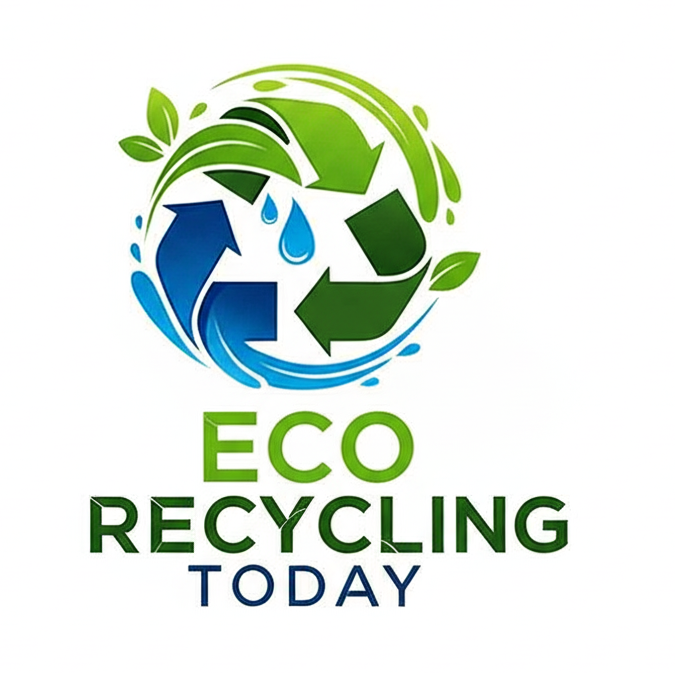Factories produce significant amounts of waste daily, including metals, plastics, and cardboard. Improper disposal of these materials can lead to high costs, environmental hazards, and compliance issues. Implementing efficient recycling strategies not only reduces expenses but also promotes sustainability. We will explore practical solutions for recycling factory waste, focusing on metal, plastic, and cardboard, and offers tips to optimize your recycling program.
Metal Recycling in Factories
Metal is one of the most valuable types of industrial waste. Common materials include steel, aluminum, copper, and iron. Efficient recycling of metal not only conserves natural resources but can also generate extra revenue for factories.
Recycling Process
- Collection & Segregation: Metals should be separated by type using magnetic separators or manual sorting.
- Cleaning: Remove contaminants such as oils, paints, or plastic coatings.
- Processing: Metals can be compressed, shredded, or melted down for reuse.
- Resale or Reuse: Processed metals can be sold to recycling companies or used internally in production.
High-Efficiency Methods
- Automation: Magnetic conveyors and automated sorting systems reduce labor costs and improve accuracy.
- Scheduled Pickups: Partnering with local scrap metal recyclers ensures regular collection and reduces on-site storage issues.
- Value Assessment: Using a metal recycling calculator helps determine the potential revenue of scrap materials.
Benefits
- Reduce raw material costs
- Lower waste disposal fees
- Minimize environmental impact
Data Insight: In 2023, the global steel recycling rate reached 74%, significantly saving mining resources and reducing greenhouse gas emissions.
Plastic Recycling in Factories
Plastic waste is another major contributor to industrial landfill. Efficient plastic recycling helps factories reduce costs and environmental footprint.
Recycling Process
- Collection: Gather plastics like PET, HDPE, and PVC, ensuring no contamination.
- Cleaning: Remove dirt, labels, and residues.
- Shredding & Granulating: Convert plastics into small flakes or pellets for reuse.
- Reintroduction: Use recycled plastics internally or sell to recycling facilities.
High-Efficiency Methods
- Internal Recycling Stations: Prevents cross-contamination and ensures sorted plastic types.
- Automated Sorting & Compaction: Machines can separate plastics by type and compress them for easier transport.
- Regular Sale of Pellets: Partner with plastic reprocessing companies to monetize recycled plastics.
Benefits
- Reduce raw material costs
- Minimize landfill contribution
- Support sustainability goals
Tip: Sorting plastics by color and material type increases their resale value and reusability.
Cardboard & Paper Recycling in Factories
Cardboard is a common byproduct from packaging, shipping materials, and production processes. Recycling cardboard can significantly cut disposal costs and promote a circular economy.
Recycling Process
Collection & Sorting: Separate clean cardboard from waxed or laminated types.
- Compaction: Use balers or compactors to compress cardboard into manageable bundles.
- Transportation: Deliver bundled cardboard to paper mills or recycling centers.
- Processing: Recycled cardboard can be converted into new packaging materials or paper products.
High-Efficiency Methods
- Baling Machines: Reduce storage space and make transportation easier.
- Separation by Type: Sorting plain cardboard from coated cardboard enhances recycling efficiency.
- Partnerships: Collaborate with local paper mills for regular pickup and cost-effective recycling.
Benefits
- Lower waste disposal fees
- Conserve natural resources
- Support corporate sustainability programs
Tips for Implementing Efficient Factory Recycling
- Conduct a Waste Audit: Track waste types, quantities, and disposal costs to identify optimization opportunities.
- Invest in Automation: Use sorting systems, shredders, balers, and compactors to improve efficiency.
- Build Local Partnerships: Maintain strong relationships with recycling companies for timely pickups.
- Monitor and Report: Track recycling rates, cost savings, and environmental impact to demonstrate ROI.
Recycling metals, plastics, and cardboard in factories is no longer optional; it is an essential strategy to cut costs and protect the environment. By implementing efficient recycling systems, utilizing automation, and partnering with local recyclers, factories can transform waste into valuable resources while supporting sustainability initiatives. A well-organized recycling program benefits both the bottom line and the planet.
FAQ
Q1: How much can factories save by recycling metal, plastic, and cardboard?
A1: Savings vary by material and volume. Efficient recycling can reduce raw material costs by 10–30% and significantly lower waste disposal fees.
Q2: What equipment is essential for factory recycling?
A2: Key equipment includes magnetic separators (metal), shredders & granulators (plastic), balers & compactors (cardboard/paper), and conveyors for automation.
Q3: Can factories sell recycled materials for profit?
A3: Yes, many factories generate additional revenue by selling metal scraps, plastic pellets, and compressed cardboard to recycling companies.
Q4: How can factories improve recycling efficiency?
A4: Conduct waste audits, train employees, invest in automated sorting, and maintain strong partnerships with local recyclers.
